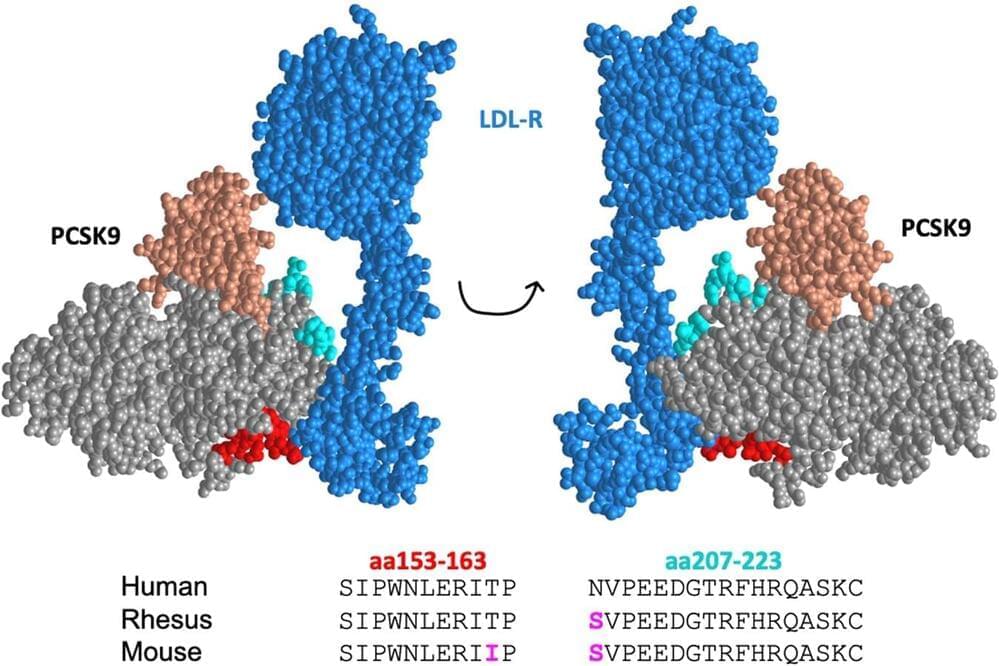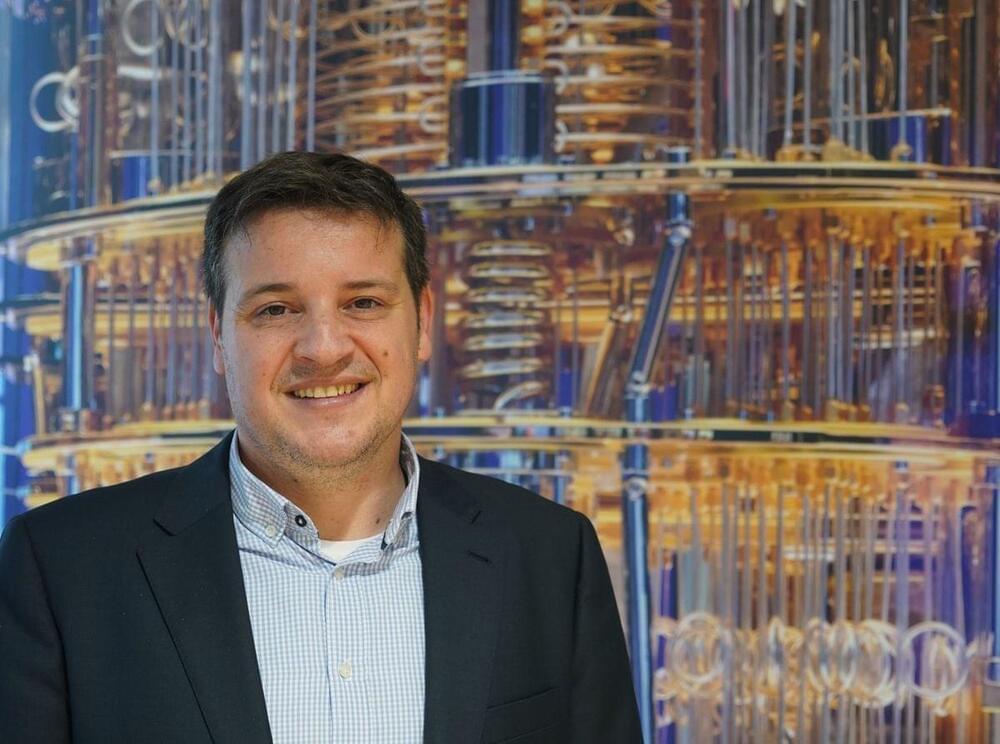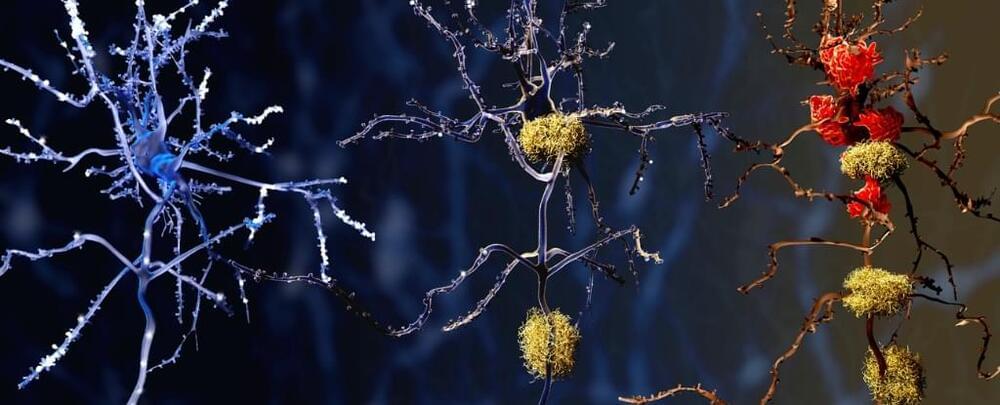Vulnerabilities — information security newspaper | hacking news.
The threat actors associated with the 8220 Gang have been observed exploiting a high-severity flaw in Oracle WebLogic Server to propagate their malware.
The security shortcoming is CVE-2020–14883 (CVSS score: 7.2), a remote code execution bug that could be exploited by authenticated attackers to take over susceptible servers.
“This vulnerability allows remote authenticated attackers to execute code using a gadget chain and is commonly chained with CVE-2020–14882 (an authentication bypass vulnerability also affecting Oracle Weblogic Server) or the use of leaked, stolen, or weak credentials,” Imperva said in a report published last week.
Nearly two in five U.S. adults have high cholesterol, according to the Centers for Disease Control and Prevention (CDC). Untreated, high cholesterol can lead to heart disease and stroke, which are two of the top causes of death in the U.S. Worldwide; cardiovascular diseases claim nearly 18 million lives every year, according to the World Health Organization.
A new vaccine developed by researchers at The University of New Mexico School of Medicine could be a game-changer, providing an inexpensive method to lower “bad” LDL cholesterol, which creates dangerous plaques that can block blood vessels.
In a recent study published in npj Vaccines, a team led by Bryce Chackerian, Ph.D., Regents’ Professor in the Department of Molecular Genetics & Microbiology, reported the vaccines lowered LDL cholesterol almost as effectively as an expensive class of drugs known as PCSK9 inhibitors.
Shoppers can now get at a Walmart in Delaware — and more of the walk-in clinics are set to open in 2024.
“Electric water heaters offer a cheap way to store large amounts of energy, in the form of hot water. A heater with a 300-litre tank can store about as much energy as a second-generation Tesla Powerwall – at a fraction of the cost.”
Australia’s energy transition is well under way. Some 3 million households have rooftop solar and sales of medium-sized electric cars are surging. But as we work towards fully electric households powered by renewable energy, have we overlooked a key enabling technology, the humble electric water heater?
About half of Australian households use electric water heaters, while the rest use gas. So what’s so great about electric water heaters?
Elon Musk’s sometimes spicy rival to OpenAI’s ChatGPT is trained on X posts, and can speak with a sense of humor.
Watch live coverage as SpaceX launches a Falcon 9 rocket with 23 second-generation Starlink internet satellites. Liftoff from pad 40 at Cape Canaveral Space Force Station is scheduled for tonight at 11:01 p.m. EST (0401 UTC). The first-stage booster, making its third flight, will land on the drone ship ‘A Shortfall of Gravitas’ about eight and a half minutes into the flight.\
Our live coverage from Cape Canaveral, with commentary by Will Robinson-Smith, will begin about an hour before launch.\
Videos like this are made possible by the support of our members. Join this channel to get access to perks:\
Juan Bernabé-Moreno is IBM’s director of research for Ireland and the United Kingdom. The Spanish computer scientist is also responsible for IBM’s climate and sustainability strategy, which is being developed by seven global laboratories using artificial intelligence (AI) and quantum computing. He believes quantum computing is better suited to understanding nature and matter than classical or traditional computers.
Question. Is artificial intelligence a threat to humanity?
Answer. Artificial intelligence can be used to cause harm, but it’s crucial to distinguish between intentional and malicious use of AI, and unintended behavior due to lack of data control or governance rigor.
Analysis of human brain tissue reveals differences in how immune cells behave in brains with Alzheimer’s disease compared to healthy brains, indicating a potential new treatment target.
University of Washington-led research, published in August, discovered microglia in the brains of people with Alzheimer’s disease were in a pre-inflammatory state more frequently, making them less likely to be protective.
Microglia are immune cells that help keep our brains healthy by clearing waste and preserving normal brain function.









